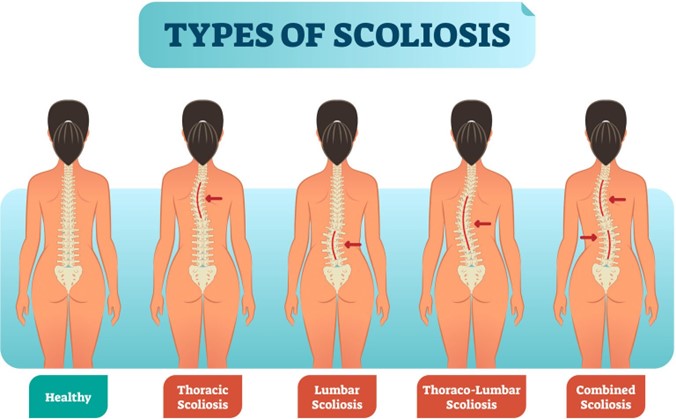An older female client who resides in a long-term care facility has a male friend who often visits her in the evenings. The practical nurse (PN) enters the client's room to administer medications and finds the couple in bed together. What action should the PN take?
Report the incident to the family.
Request that the man get up and leave.
Exit the room and quietly close the door.
Ask when the nurse should return.
The Correct Answer is C
Choice A rationale:
Reporting the incident to the family is not the first action the PN should take in this situation. It may be appropriate to inform the family later if necessary, but immediate action is needed to address the boundaries being crossed in the client's room.
Choice B rationale:
Requesting that the man get up and leave is not the first action the PN should take. This situation involves delicate and sensitive issues, and the PN should prioritize the client's privacy, dignity, and emotional well-being.
Choice C rationale:
The most appropriate first action is for the PN to exit the room and quietly close the door. This action respects the client's privacy and allows the couple to have some space and time to compose themselves.
Choice D rationale:
Asking when the nurse should return is not the first action to take. The PN needs to ensure the client's privacy and deal with the situation at hand discreetly. Later, the PN can discuss the incident with the client if necessary, or involve the appropriate authorities as per the facility's policy.
Nursing Test Bank
Naxlex Comprehensive Predictor Exams
Related Questions
Correct Answer is A
Explanation
The correct answer is choice A: Tell her to empty her bladder and call if she has a bloody show.
Choice A rationale:
The client is 39 weeks gestation and experiencing mild, irregular contractions. The fact that her cervix is already 3 cm dilated and the presenting part is at -1 station indicates that she is in early labor. Emptying the bladder can help relieve pressure on the cervix and promote progress in labor. Instructing her to call if she has a bloody show is essential because it could indicate that her labor is advancing, and she may need to come to the labor and delivery unit soon.
Choice B rationale:
Directing her to come to the unit for impending delivery is not appropriate at this stage, as she is only experiencing mild, irregular contractions and is likely in early labor. Coming to the unit too early may lead to unnecessary interventions and discomfort for the client.
Choice C rationale:
Asking the charge nurse for further instructions is not necessary in this situation. The client's condition is not emergent, and the practical nurse can handle the situation appropriately based on the information provided.
Choice D rationale:
Encouraging ambulation until the contractions are regular might be beneficial in some cases to promote labor progress. However, given that the client is already 3 cm dilated and experiencing mild, irregular contractions, it's better to address the issue of bladder emptying and potential bloody show.
Correct Answer is D
Explanation
This is the group of children that the PN should screen for scoliosis because they are at the highest risk of developing this condition. Scoliosis is a lateral curvature of the spine that usually occurs during the growth spurt before puberty. Girls are more likely than boys to have scoliosis, and the condition tends to worsen during adolescence.

A. High school boys are not at high risk of scoliosis and do not need to be screened unless they have signs or symptoms of the condition.
B. High school girls are at lower risk of scoliosis than middle school girls because they have completed most of their growth spurt and their condition is less likely to progress.
C. Middle school boys are at lower risk of scoliosis than middle school girls because they have a slower growth rate and a later onset of puberty.
Whether you are a student looking to ace your exams or a practicing nurse seeking to enhance your expertise , our nursing education contents will empower you with the confidence and competence to make a difference in the lives of patients and become a respected leader in the healthcare field.
Visit Naxlex, invest in your future and unlock endless possibilities with our unparalleled nursing education contents today
Report Wrong Answer on the Current Question
Do you disagree with the answer? If yes, what is your expected answer? Explain.
Kindly be descriptive with the issue you are facing.
